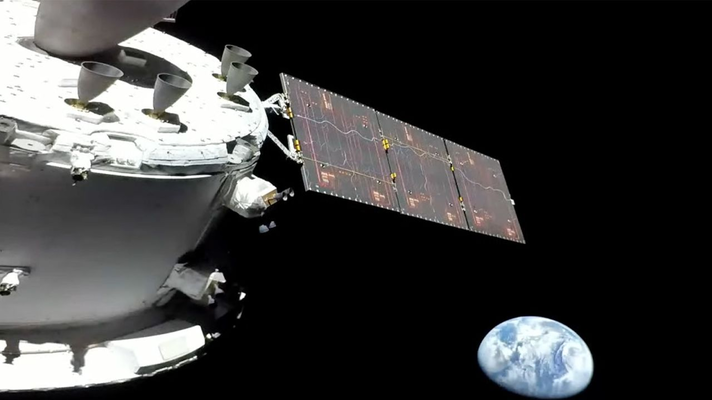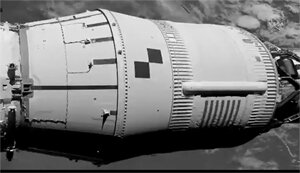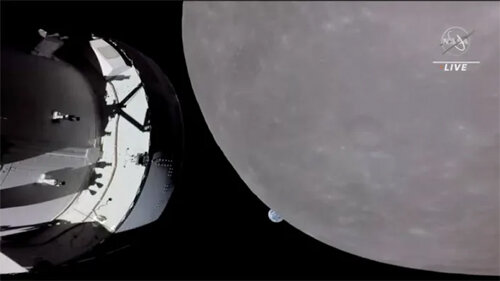Artemis I is a planned uncrewed Moon-orbiting mission and the first flight of the agency's Space Launch System rocket and Orion spacecraft which will house astronauts on future missions. It will be the first in a series of missions to build a long-term human presence at the Moon for decades to come. The primary goals for Artemis I are to demonstrate Orion’s systems in a spaceflight environment and ensure a safe re-entry, descent, splashdown, and recovery prior to the first flight with crew on Artemis II, planned for May 24, 2024. The Orion spacecraft is 16.5 feet in diameter vs Apollo command module's 12.8 feet.
- Launch Wed,. Nov. 16, 2022 1:04 AM
- Thrust at liftoff: 8.8 million lbf
- Mission duration: 25 days, 11 hours, 36 minutes
- Splashdown: Dec. 11, 2022




 ...elliptical trajectory.
...elliptical trajectory. 

